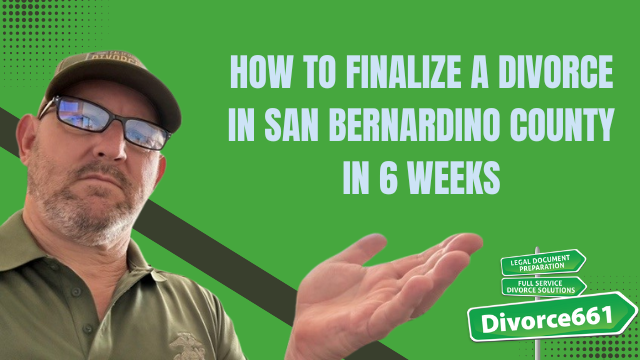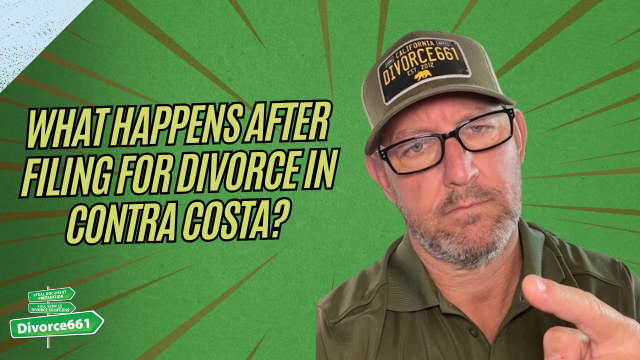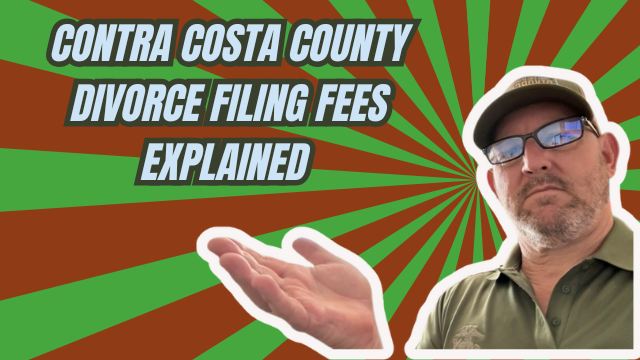How to Get a Cheap Divorce in San Bernardino Without Sacrificing Quality
Hi, I’m Tim Blankenship with Divorce661. If you’re navigating a divorce in San Bernardino County and want to keep costs low without cutting corners, this guide is for you. You don’t always need a high-priced attorney to get a professional, legally sound result—especially when both parties are in agreement. Below I’ll explain how an affordable, full-service divorce can work, what to watch out for, and how we help San Bernardino couples complete their divorce efficiently and correctly.
Why affordable doesn’t mean low quality
Many people assume a professional divorce outcome requires paying thousands in attorney fees. That’s not always true. When spouses are amicable and agree on the major issues, the most important factors are having someone who:
- knows the court’s process,
- prepares paperwork accurately, and
- files everything correctly the first time.
When those pieces are handled properly, you can have a clean, enforceable judgment without unnecessary expense. As I say, the key is having the process handled right—not spending more for the sake of a law firm’s hourly rates.
What a flat-fee, full-service divorce includes
A full-service flat-fee divorce is designed to cover the administrative and legal steps needed to finalize a divorce when both parties are in agreement. Typical services include:
- Preparing and filing the initial petition with the court;
- Arranging service of process;
- Preparing and exchanging required disclosures;
- Drafting settlement agreements and parenting plans (if needed);
- Submitting the judgment packages for court approval;
- Handling e-filing and interaction with the court until the case is finalized.
Because these services are performed efficiently and remotely, the cost can be a fraction of attorney fees while still delivering a court-approved result.
Why San Bernardino County’s e-Filing matters
San Bernardino County’s e-filing system changes the game for remote, efficient divorce processing. Benefits include:
- Faster filing and review times by the court;
- Reduced need for in-person court appearances when the case is uncontested;
- Ability to manage the entire process remotely—helpful if you live or work outside the county or prefer to avoid court visits;
- Less chance of paperwork getting lost or delayed in transit.
When paperwork is prepared correctly and e-filed the first time, you avoid delays that can add weeks or even months to the process.
Real client example: saving thousands and finishing in weeks
We recently worked with a San Bernardino couple who were quoted over $5,000 by an attorney. They chose our flat-fee service instead and saved thousands. We prepared and filed everything, handled service, completed disclosures, and submitted the judgment. Their divorce was approved and finalized within weeks—without stress, delays, or court appearances.
“We completed everything in just a few weeks, and their divorce was finalized without stress, delays, or court appearances.”
Is a flat-fee service right for you?
Flat-fee full-service divorce is ideal when:
- You and your spouse are in agreement on division of assets, debts, and parenting arrangements;
- There are no complex business valuations, high-conflict custody disputes, or contested support issues;
- You want a professional, court-approved judgment without paying an attorney’s hourly rates;
- You prefer a remote process that leverages e-filing.
When a case is contested, or there are complex legal issues, traditional legal representation may be necessary. But for many amicable cases, a flat-fee service gives the right balance of professionalism and affordability.
Common pitfalls to avoid with low-cost divorces
Choosing an inexpensive option doesn’t mean you should skip important steps. Watch out for:
- Poorly prepared paperwork that leads to court rejections and delays;
- Incomplete disclosures that can cause legal challenges later on;
- Hidden fees or services that aren’t included in the quoted price;
- Services that promise speed but cut legal corners (don’t accept shortcuts that jeopardize enforceability).
Make sure your provider has experience with San Bernardino County procedures and a clear flat-fee structure that covers all necessary tasks.
How we handle San Bernardino divorces at Divorce661
At Divorce661 we built our service around making divorce easy, affordable, and professional. Our approach includes:
- Flat-fee pricing with no hidden costs;
- 100% remote service using San Bernardino County’s e-filing system;
- Handling filing, service of process, required disclosures, settlement agreements, and judgment submission;
- Preparing everything correctly the first time to avoid delays;
- Offering a free consultation to determine if a flat-fee full-service divorce is appropriate for your situation.
We focus on clients who are in agreement and want to move on with their lives quickly and affordably.
Next steps and where to get help
If you’re ready to save money and get your San Bernardino divorce handled right, schedule a free consultation to review your situation and learn what a flat-fee process would look like for you. Visit divorce661.com to get started and see whether a full-service, affordable option is the right fit.
What matters most to you right now—saving money or saving time? Reach out and we’ll help you pick the best path forward.










